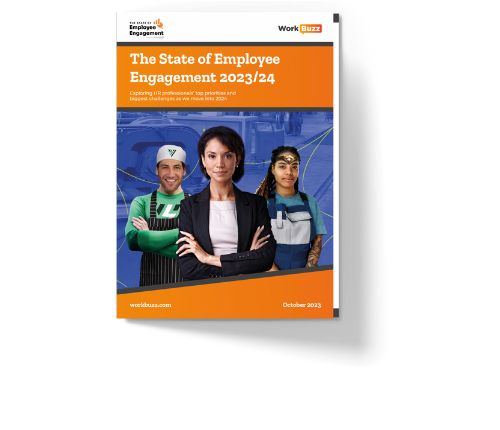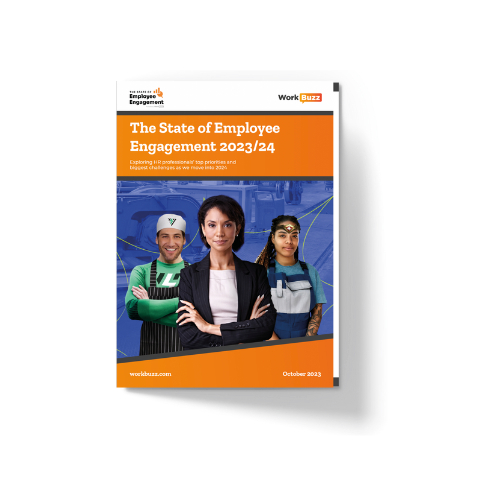Employee listening is stagnating – does this explain why retention is the top priority?
In recent years, we’ve reported the gradual decline in companies relying on an annual survey to listen to their people, this appears to have remained static at 32% in 2023 (the same as 2020). The pandemic accelerated the adoption of regular pulse surveys, with HR professionals and business leaders realising that getting feedback once a year couldn’t keep up with the pace of change and leveraging employee voice to help shape hybrid working practices.
Against the background of the cost-of-living crisis and focus on ‘harder’ business outcomes like retention, performance and productivity, our 2023 study highlighted a step backwards – 17% of organisations are not formally listening to their people and of those that do, slightly fewer are relying on more regular pulse surveys.
Given the plethora of studies showing the link between employee engagement and business outcomes, engaged employees are 87% less likely to leave their job (source: Corporate Leadership Council) this is surprising.
HR professionals can do more to position employee listening as a way of driving retention and business performance.




